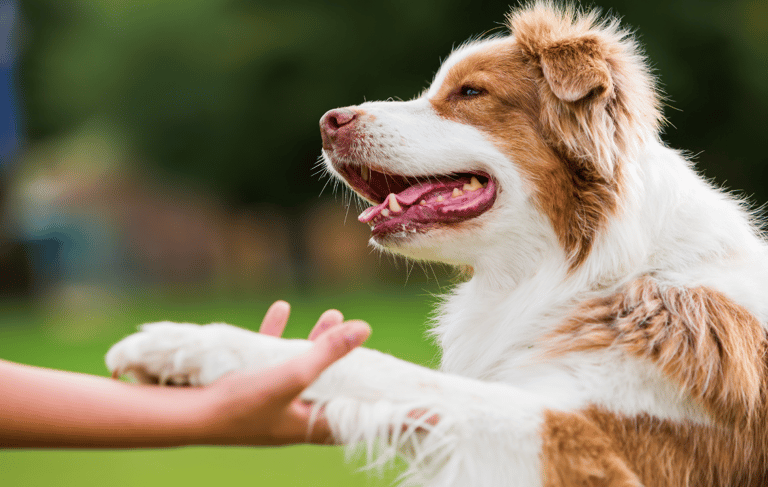Small Animal
Veterinary Physiotherapy
Veterinary physiotherapy supports recovery from injury, manages chronic conditions, and improves mobility. Whether it's helping a dog regain strength post-surgery or easing a cat’s arthritis discomfort, tailored treatments promote better movement, reduce pain, and enhance overall quality of life.
Initial Consultation - £50
Follow up - £45
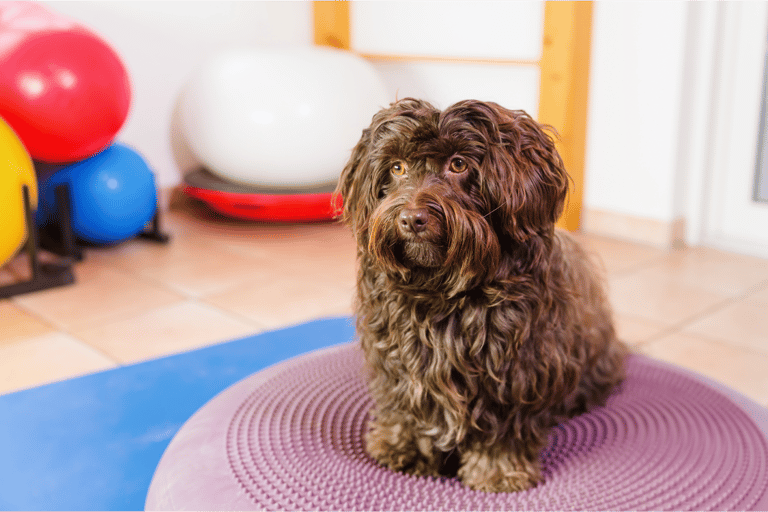

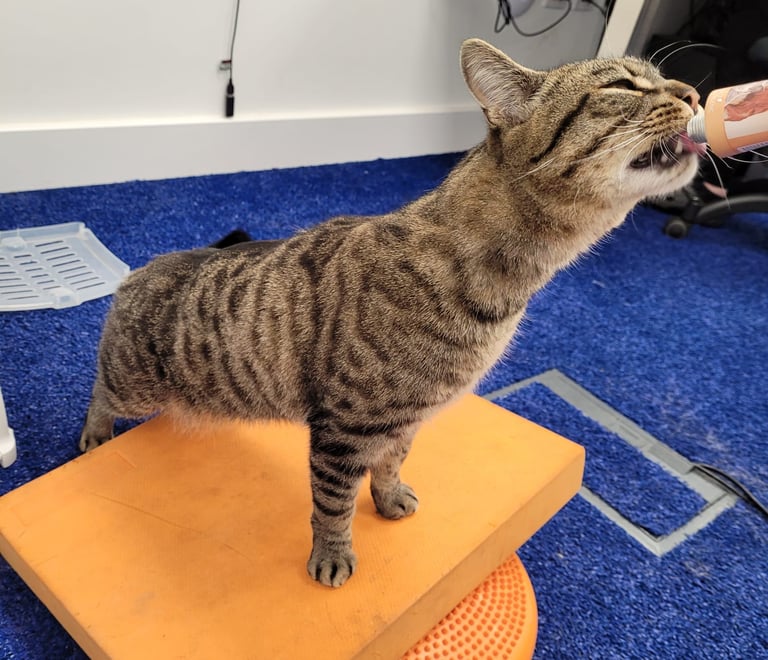

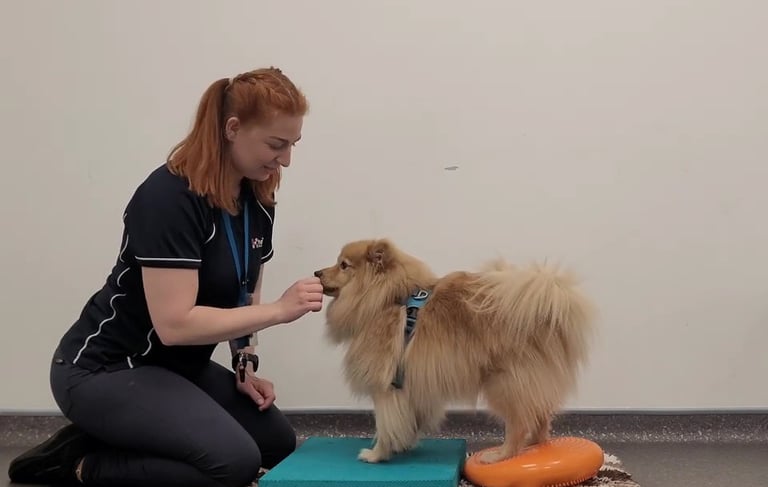

Neurological conditions
Intervertebral Disc Disease (IVDD)
Degenerative Myelopathy
Fibrocartilaginous Embolism (FCE)
Nerve Root or Peripheral Nerve Injuries
Vestibular Disease Recovery
Post-Surgical Spinal Rehabilitation
Sports Injuries
Tendonitis
Ligament sprains
Muscle strains
Chronic Pain Management
Osteoarthritis
Chronic soft tissue injuries
Treatable conditions
Common conditions that respond well to physiotherapy include:
Orthopaedic Conditions
Elbow and Hip Dysplasia
Cranial Cruciate Ligament (CCL) Injuries: either post-surgery or conservatively
Patellar Luxation: both post-surgically or conservatively
Tendon and Ligament Injuries
Fracture Rehabilitation: Recovery and strengthening post-surgical or conservative treatment
Post-Surgical Rehabilitation
Muscular Sprains and Strains
Post-Surgical Rehabilitation
Recovery from orthopaedic and neurological surgeries (e.g., TPLO, FHNE, THR, hemilaminectomy)
Scar site rehabilitation
What to Expect
Each session will be tailored to suit the individual but sessions will typically cover the following:
Discussion – A detailed conversation about your pet's medical history, health, behaviour, and any existing injuries or performance issues. Changes in behaviour, mobility, or daily activities are important to address for a full understanding before treatment.
Assessment – A thorough assessment will be performed to evaluate your pet's movement and detect any signs or areas of discomfort. This includes a hands-on musculoskeletal evaluation, focusing on joints, muscles, and spinal health.
Treatment – Physiotherapy treatments will be tailored to the findings from the assessment and any pre-existing conditions. These may include manual therapies and electrotherapy treatments such as Laser, PEMF, Ultrasound, or TENS, as needed.
Home Exercise Plan – A tailored home exercise plan will be provided to support your pet’s recovery and progress.
Report – A detailed report of the session will be emailed to you, which can also be shared with other professionals involved in your pet’s care, including their vet, to ensure a coordinated approach to rehabilitation.
